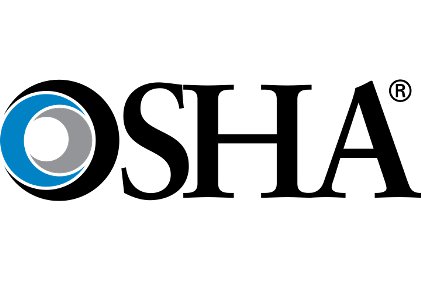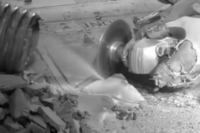 Among those who will be directly affected by OSHA’s proposed rule on crystalline silica exposures will be small businesses and their employees in industries like dental laboratories, foundries, and construction. The agency estimates that roughly 1.3 million workers are exposed to silica in about 470,000 small businesses. This includes 580,000 employees in about 356,000 very small businesses of fewer than 20 workers each.
Among those who will be directly affected by OSHA’s proposed rule on crystalline silica exposures will be small businesses and their employees in industries like dental laboratories, foundries, and construction. The agency estimates that roughly 1.3 million workers are exposed to silica in about 470,000 small businesses. This includes 580,000 employees in about 356,000 very small businesses of fewer than 20 workers each.
OSHA says the rule is intended to minimize burdens on employers while maximizing protection for employees. Additionally, it “will offer small employers the flexibility to tailor solutions that fit their workplaces.”
One example cited: The rule would generally require monitoring of exposures only 2 – 4 times a year, depending on silica levels measured during initial monitoring.
A flexible alternative
To meet the needs of the construction industry, OSHA is proposing a flexible alternative that would allow employers to identify appropriate dust controls for a given task by referring to a table in the standard. This approach simplifies compliance and eliminates the need for measuring workers’ exposures to silica, while still ensuring adequate protection for workers.
The proposed general industry standard also offers employers significant flexibility, allowing them to limit worker exposures to the permissible exposure limit (PEL) by using any dust control or work practice method—such as water sprays, dust collectors, enclosed cabs on equipment, or prohibiting activities such as dry sweeping—that delivers the necessary protection, rather than specifying which steps an employer must take.
How much will compliance cost cost?
What can smaller entities expect in the way of compliance costs?
According to OSHA projections:
- The cost to a firm with fewer than 20 employees would average about $550 a year
- Average cost of compliance for an establishment in generally industry would be about $2,600 per year, and for construction, about $1,000.
- The agency says the rule would provide net benefits of $2.8 to $4.7 billion annually over the next 60 years and would have no discernible effect on U.S. employment.
Were small businesses considered?
OSHA says they were -- from the beginning of the development of the proposed rule.
Early in the process, the agency met with representatives from small businesses in construction, general industry and maritime to identify ways to:
• Simplify the proposed rule so it would be easier to understand;
• Identify ways to minimize burdens on employers while still protecting workers; and
• Allow businesses adequate time to meet a new rule’s requirements.
Two groups of small business representatives (one for construction, one for general industry and maritime) examined these and other considerations as part of the Small Business Regulatory Enforcement Fairness Act (SBREFA) process. SBREFA provides small businesses with a voice in developing proposed rules.
How to get involved
OSHA is seeking input from small employers and others on the burden, costs, feasibility and practicality of the proposed rule. Small business owners will have the opportunity to participate in the rulemaking process by submitting comments and taking part in public hearings. (Click here for information on how you can participate.)
Tomorrow: The construction industry and the proposed silica rule


